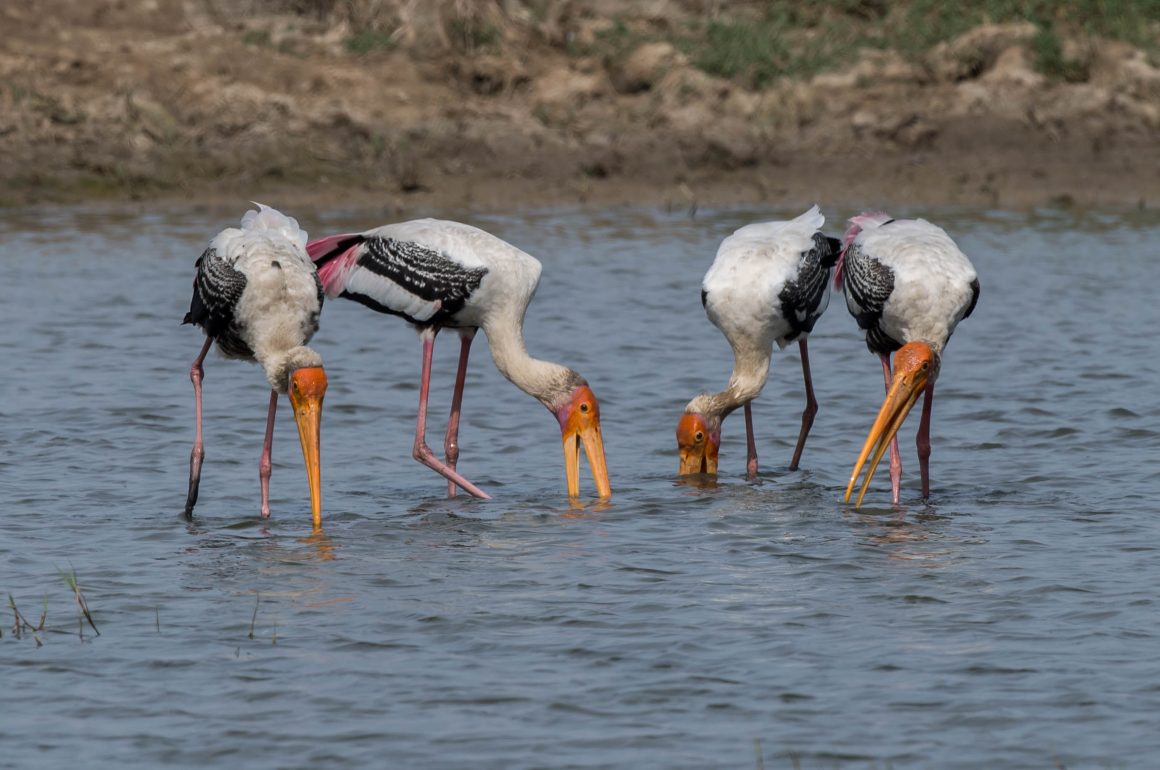
As I simply saw too many interesting birds during my short Delhi birding trip in 2019, I decided to cover the trip in two separate posts. Having a scientific background, I correctly posted part 1 before part 2, which is below. There is no ornithological rationale for which birds are featured in part 1 and 2 – it is merely a question of following the alphabet wherever it led me. Which means that birds named from A to G are in part one while part 2 covers the remainder.
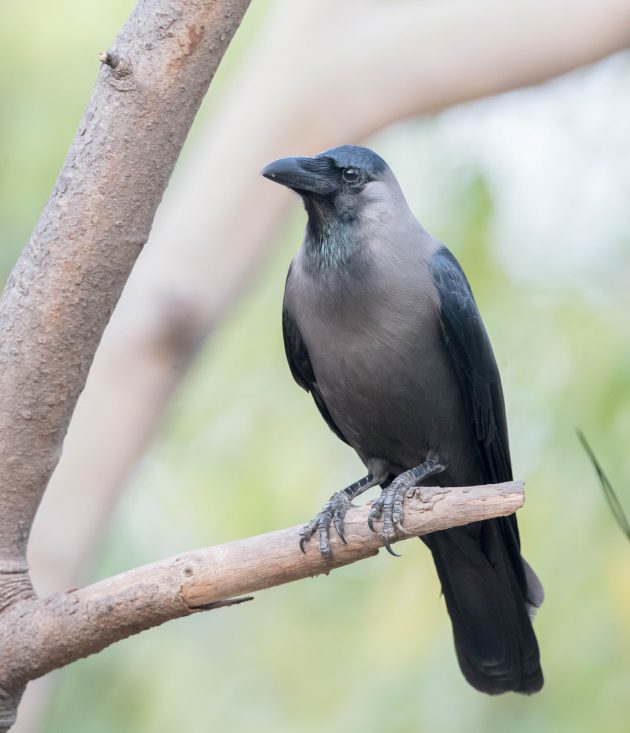
Which means the House Crow is first. Not really a very glamorous or exciting start. Maybe I should have thought of this before.
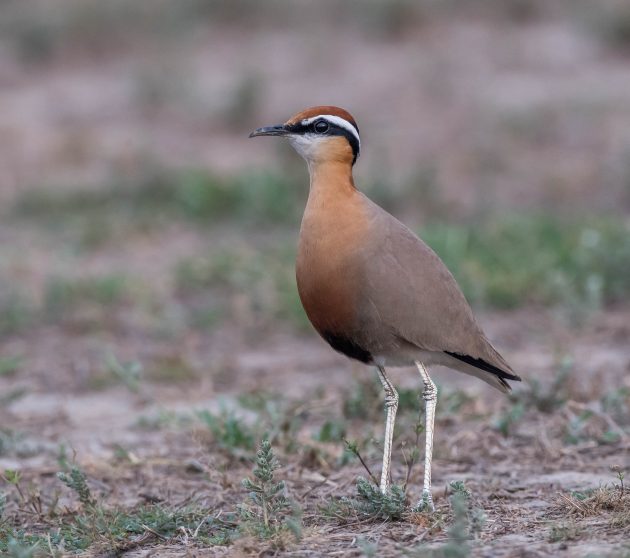
Indian Courser. A very peaceful looking bird, though of course, it may have quite violent thoughts that I know nothing about.
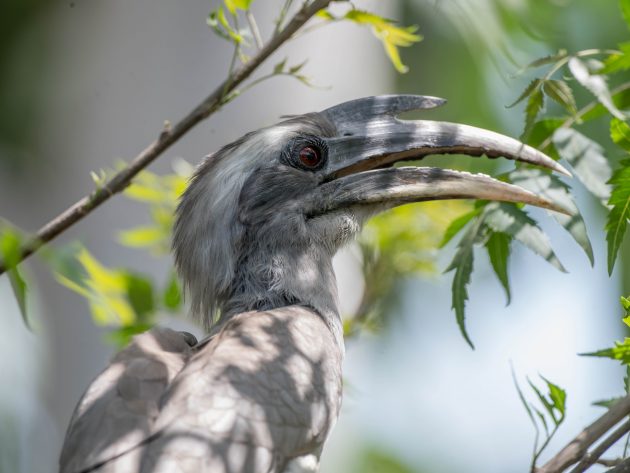
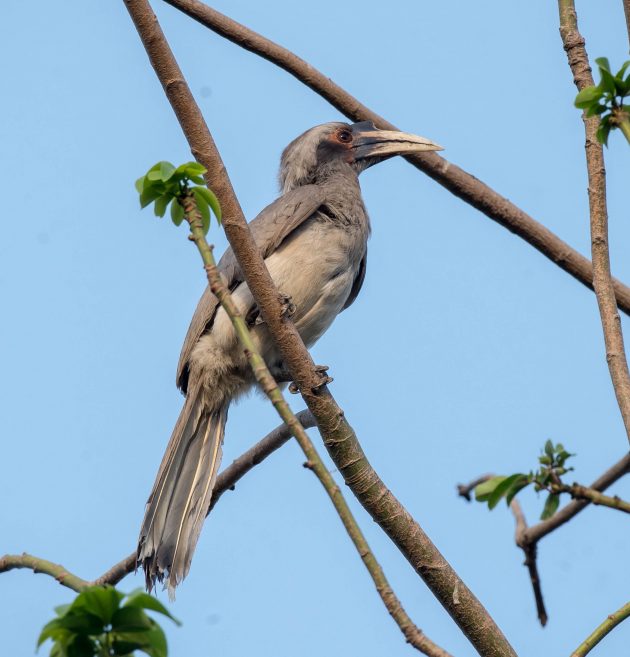
Indian Grey Hornbill. If hornbills had been part of the undead army in “Game of Thrones”, maybe they would look a bit like this. Like, undead.
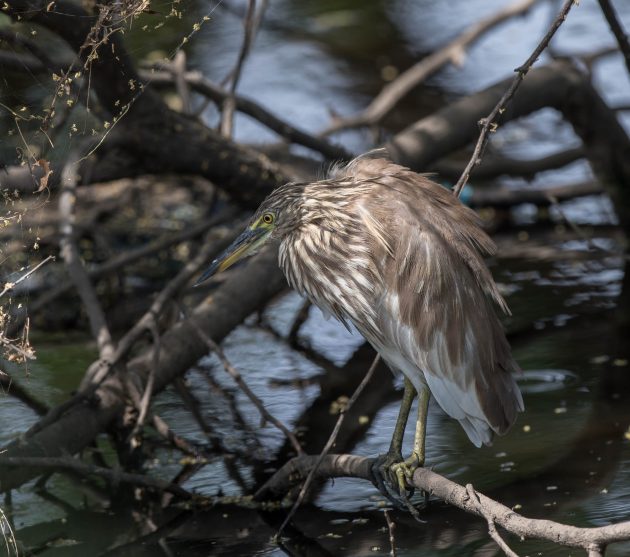
Indian Pond Heron. Not surprisingly, one of the several bird names starting with “Indian” in this post.
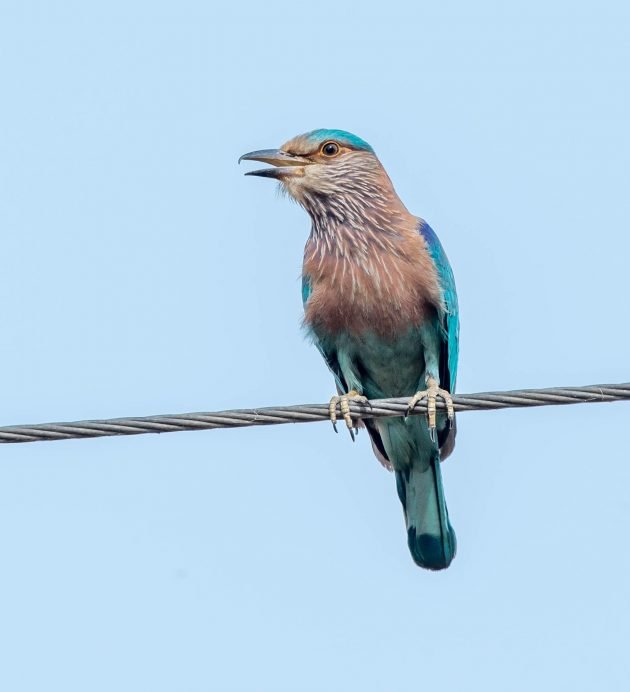
Indian Roller. The state bird of three Indian states, apparently.
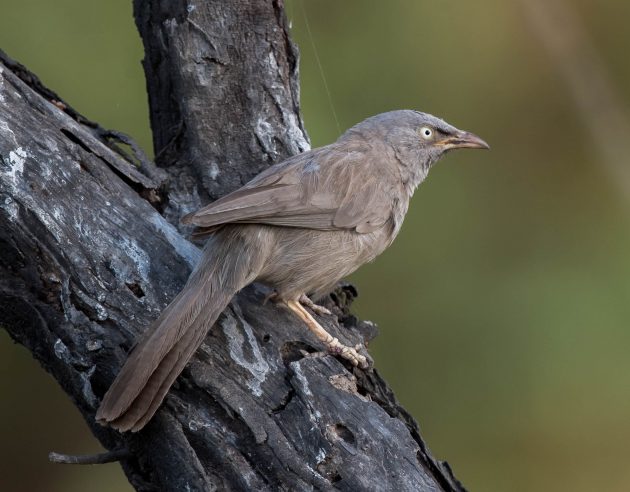
Jungle Babbler. A very social bird despite the slightly annoyed facial expression.
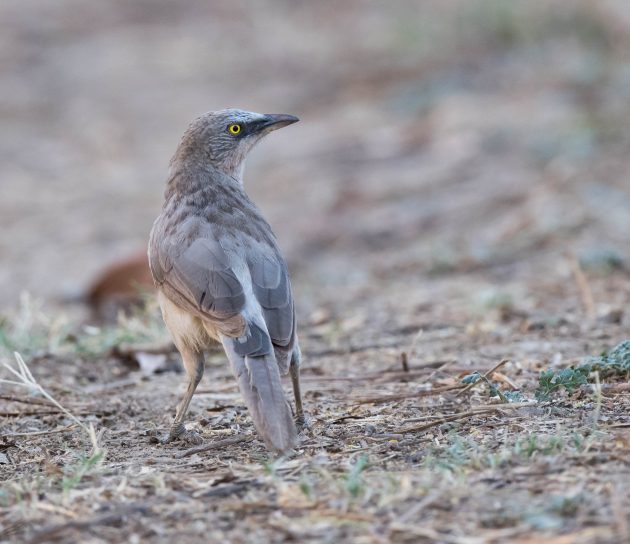
Large Grey Babbler. Dito
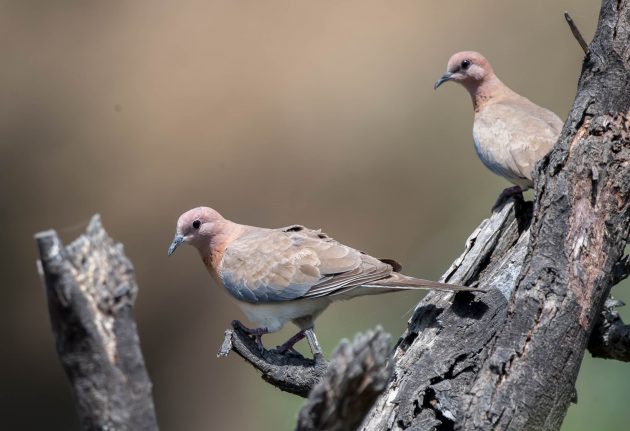
Laughing Dove. Never easy for me to say anything interesting about doves.
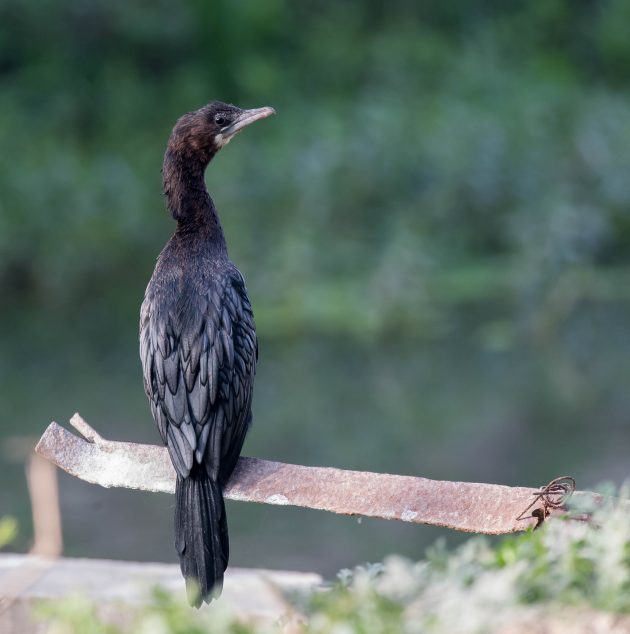
Little Cormorant. “An all-black ducklike waterbird with a distinctive flattish head” (eBird), so I guess it is not an Indian cormorant …
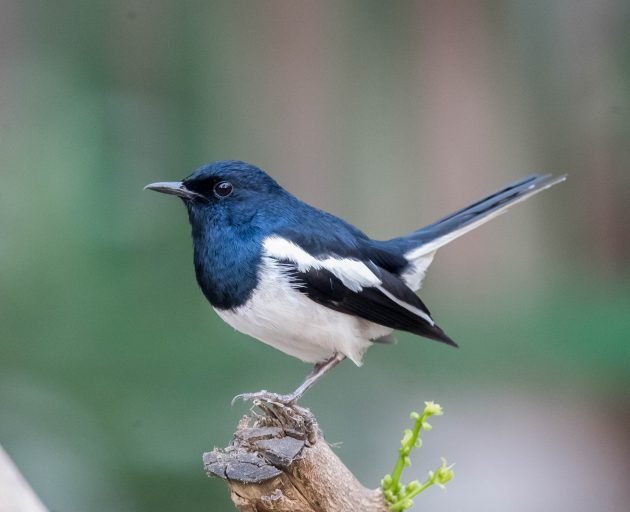
Oriental Magpie-Robin. Conservation status is Least Concern: “This species has an extremely large range, and hence does not approach the thresholds for Vulnerable under the range size criterion”. Or to put it more personally, I saw it in Shanghai yesterday.
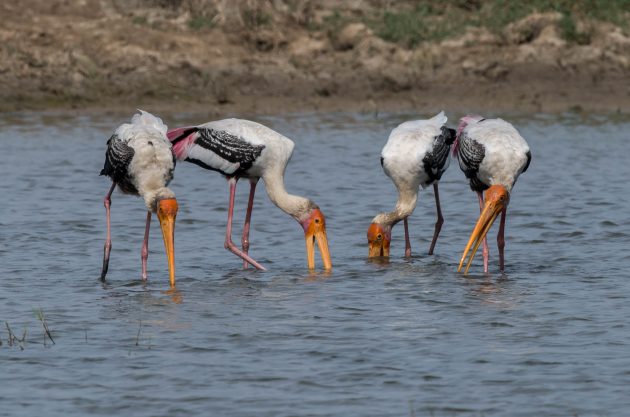
Painted Stork. A well-chosen name.
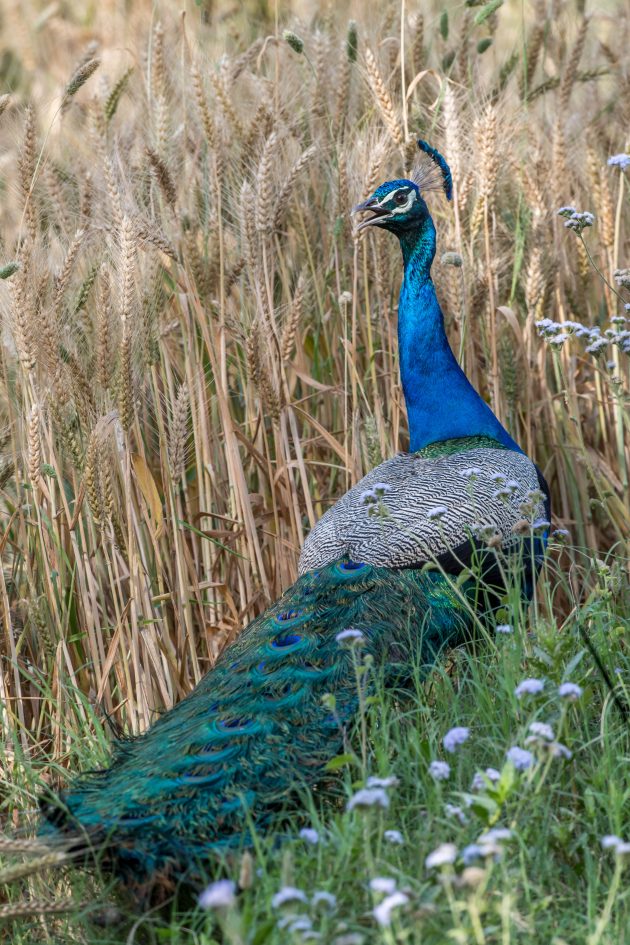
Peacock Pheasant. Still hard for me to believe that these guys live outside of zoos.
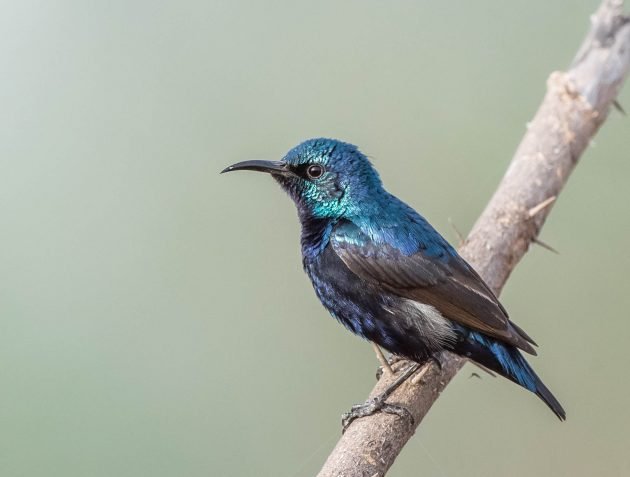
Purple Sunbird. Take that, hummingbirds.
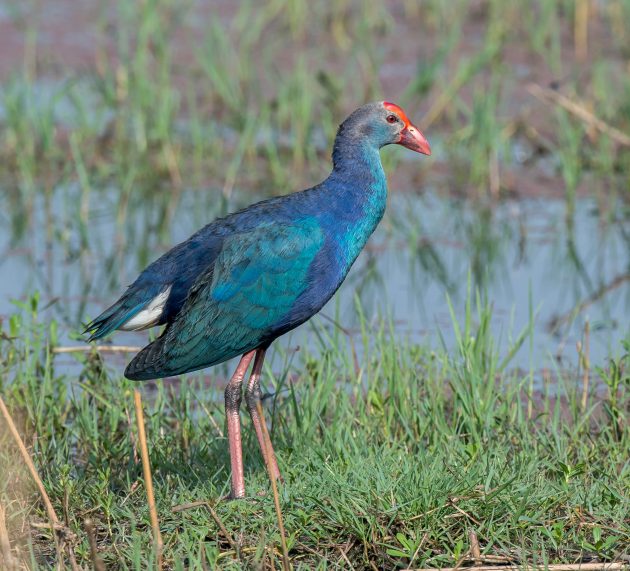
Purple Swamphen. Almost vulgar, these colors.
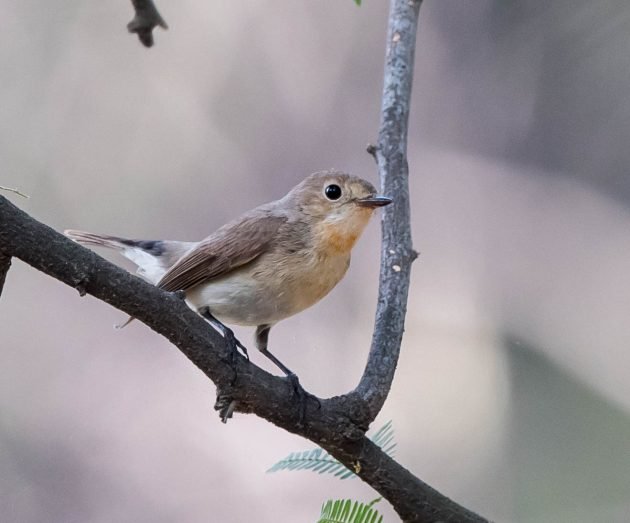
Red-breasted Flycatcher. Though “red-breasted” oversells this one a bit.
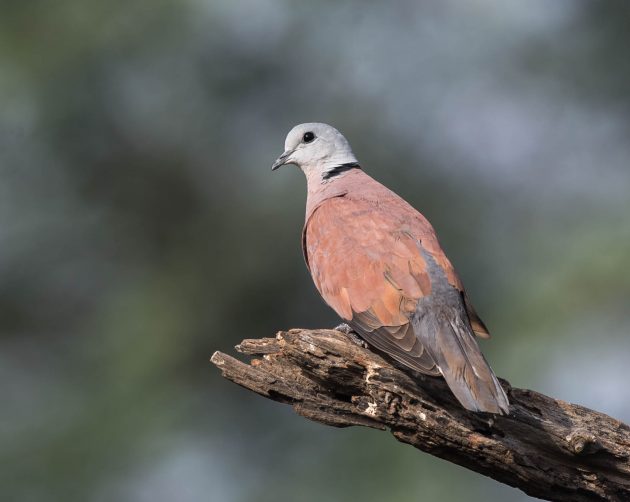
Red collared Dove. See above.
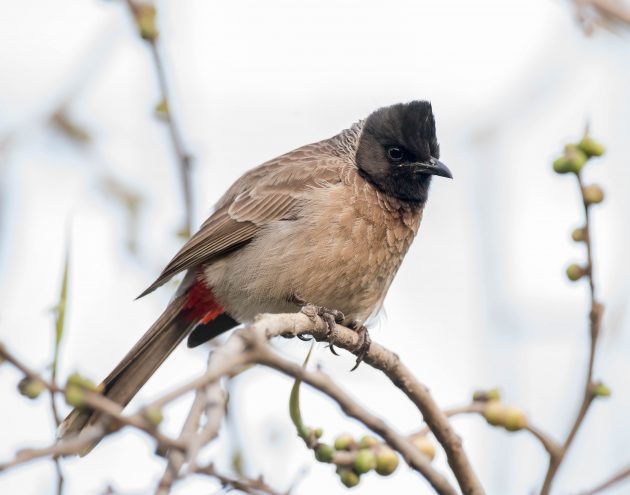
Red-vented Bulbul. A resident in India but also included in the list of the world`s 100 worst invasive alien species. Kind of a Nazi in the bird world, I guess.
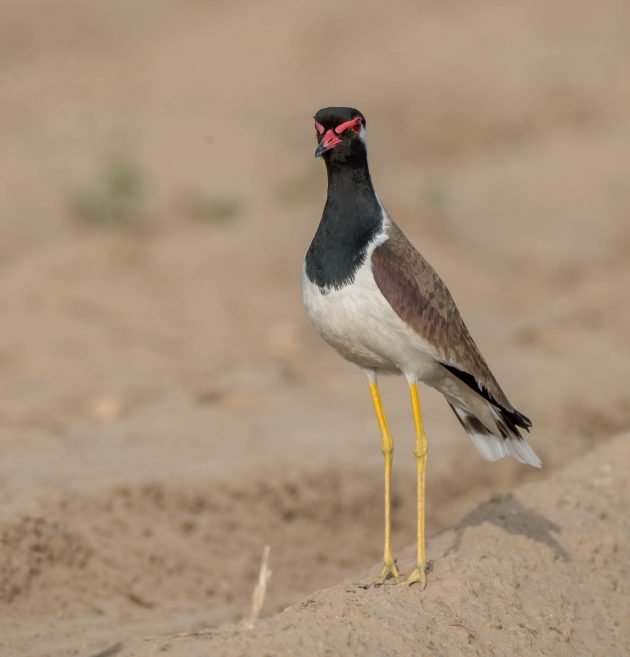
Red-wattled Lapwing. The Robert Smith of the lapwing family.
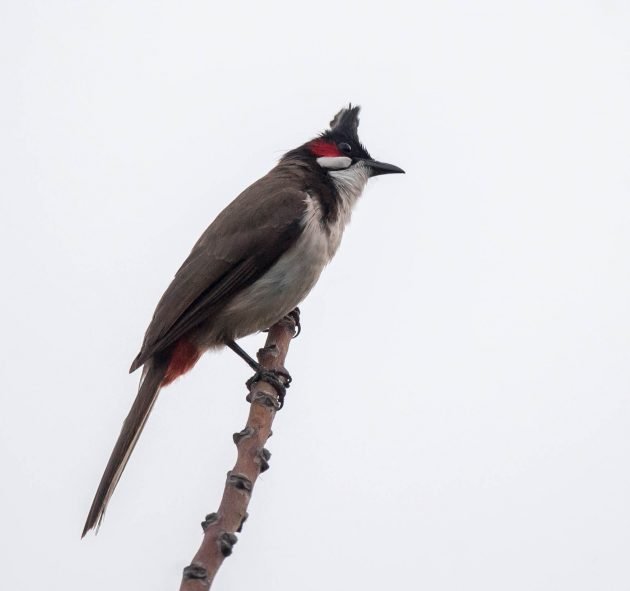
Red-whiskered Bulbul. Apparently, there are a few of them in Shanghai, too, though I have not seen them yet.
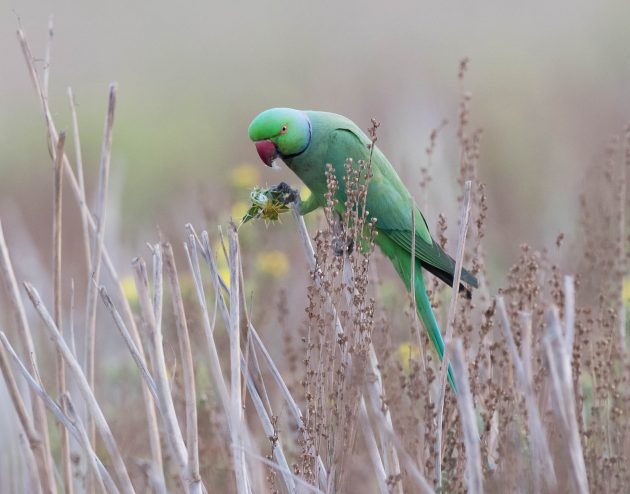
Rose-ringed Parakeet.
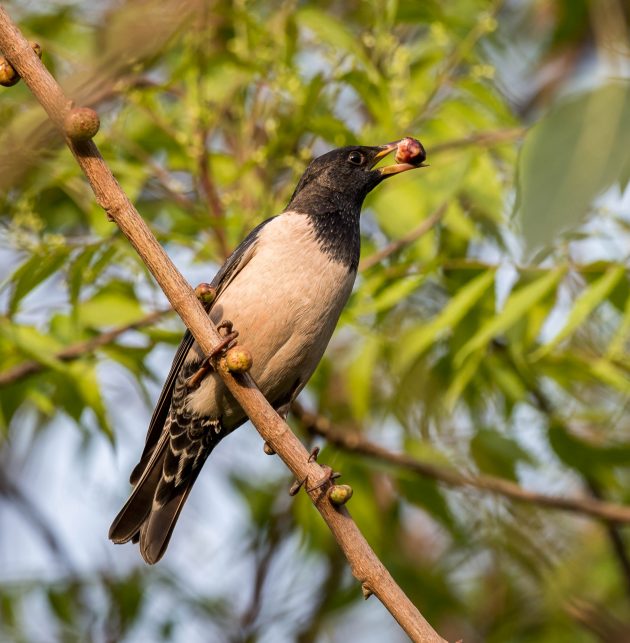
Rosy Starling. Actually, a very attractive bird, though this photo does not really do it justice.
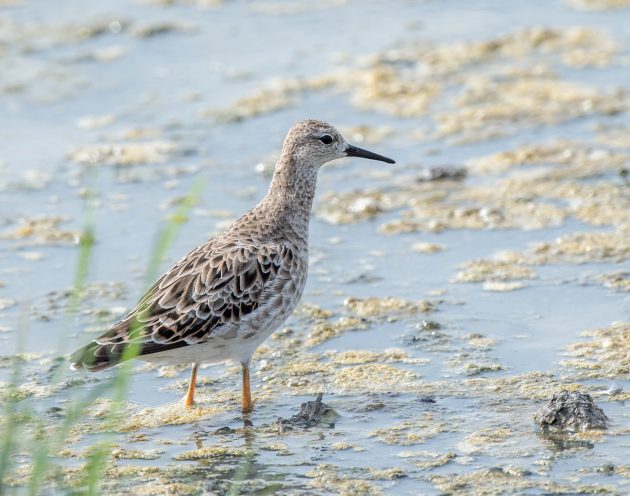
Ruff. “The ruff is a long-necked, pot-bellied bird (Wikipedia)”, which does not sound very flattering …
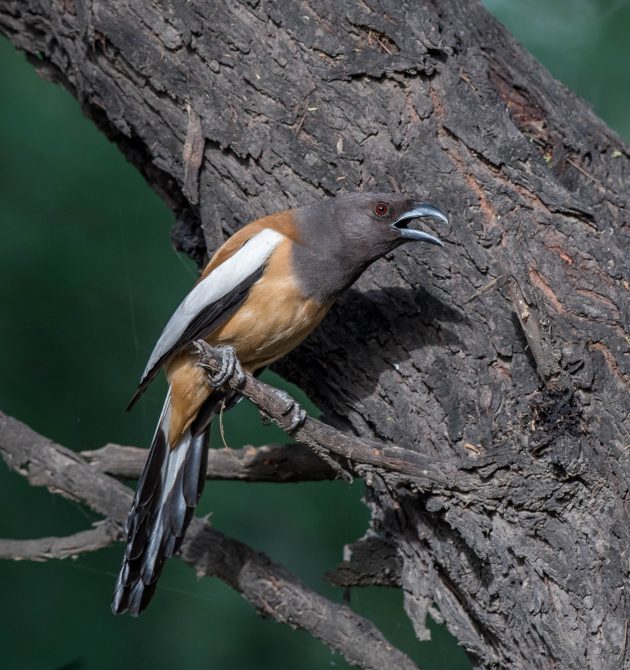
Rufous Treepie
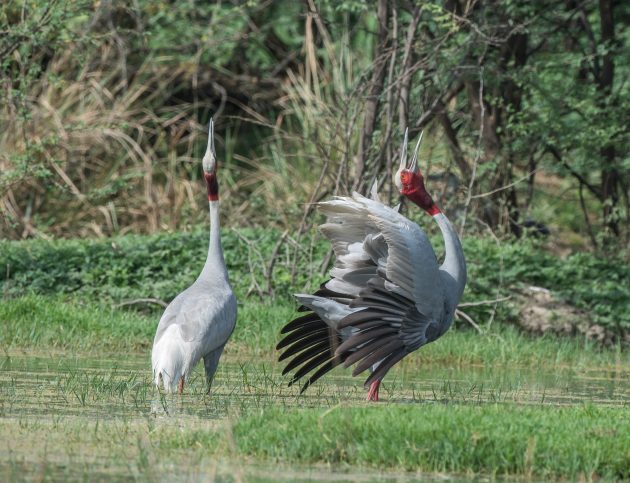
Sarus Crane. The largest crane, showing off …
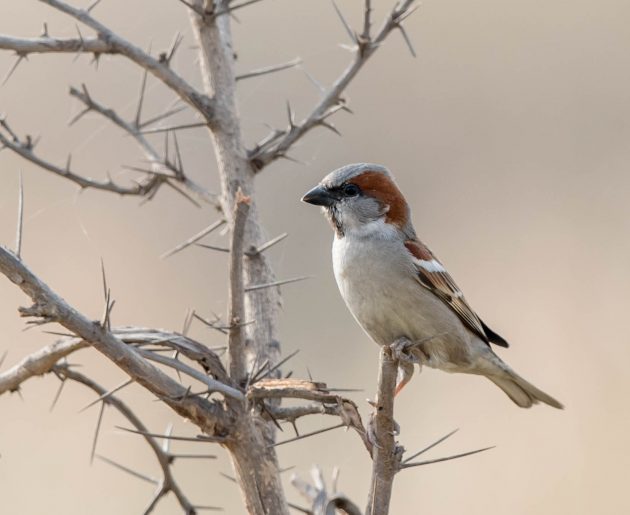
Sind Sparrow
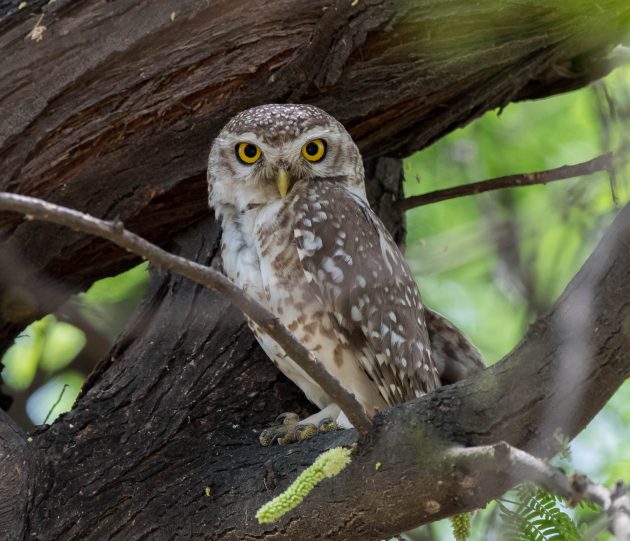
Spotted Owlet. One of my favorite bird species.
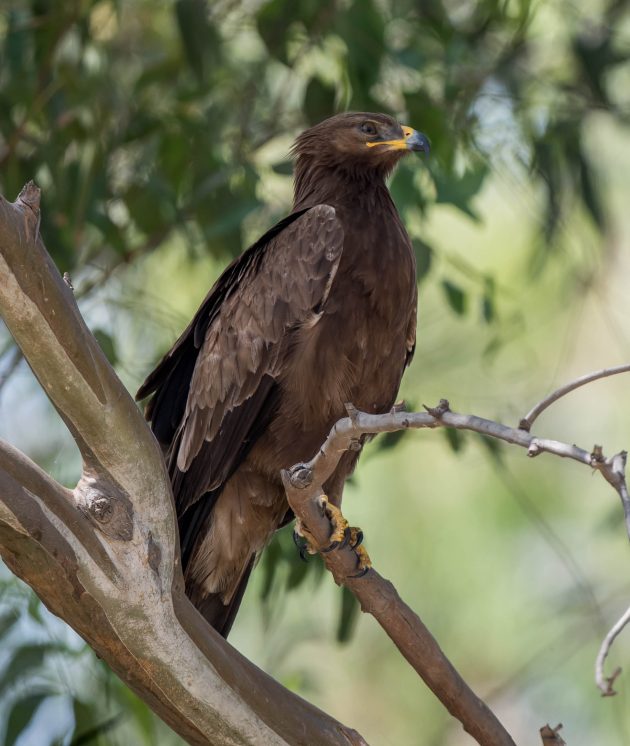
Tawny Eagle. Or is it something else?
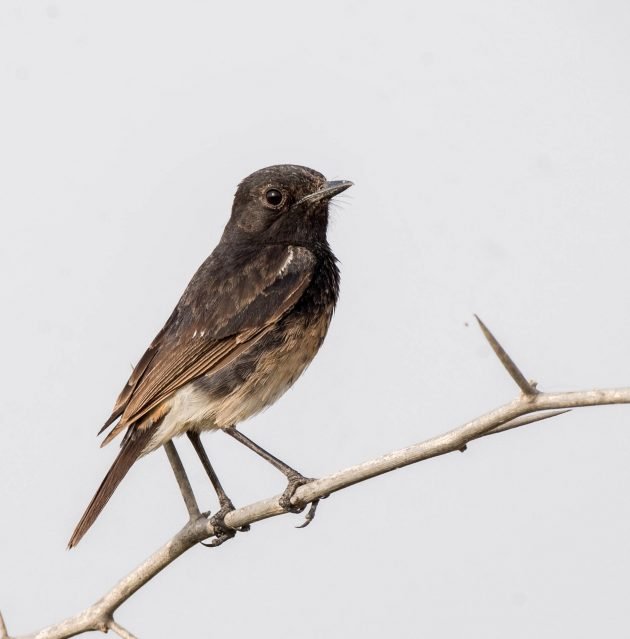
Variable Wheatear
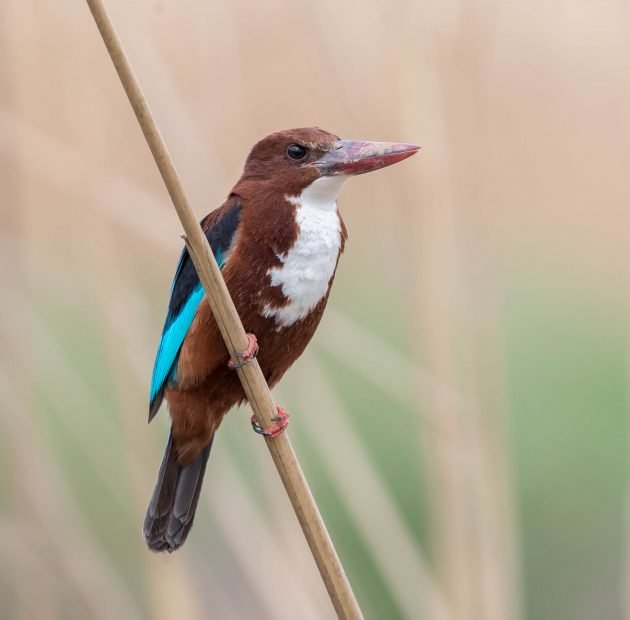
White-throated Kingfisher. The bill looks like it could do with a new coat of paint.
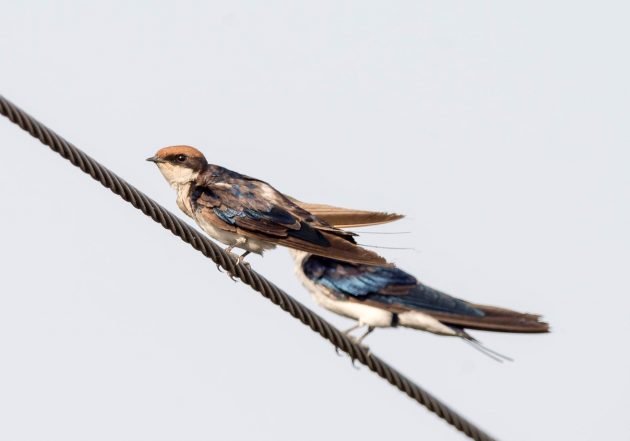
Wire-tailed Swallow. Occasionally, these can be seen in parts of Yunnan, China.
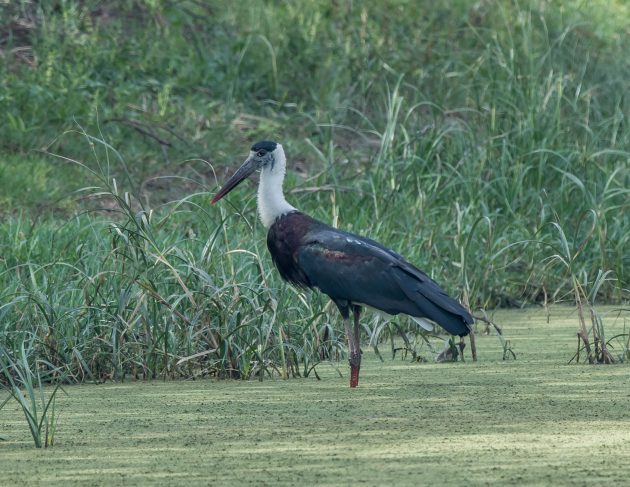
Woolly-necked Stork. Vulnerable. Woolnerable? Well, forget it …
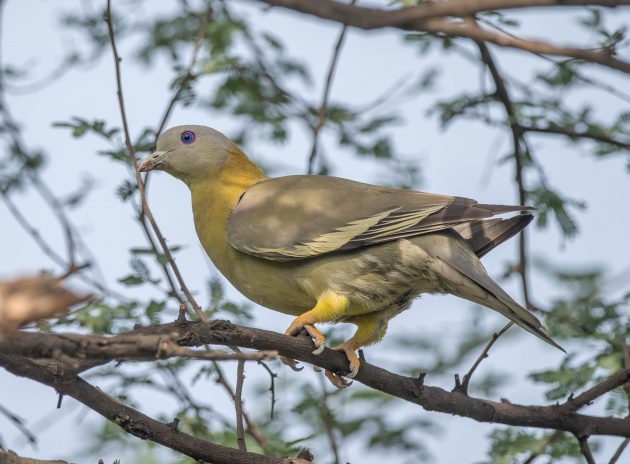
Yellow-footed Green Pigeon. Ok, some doves look interesting.
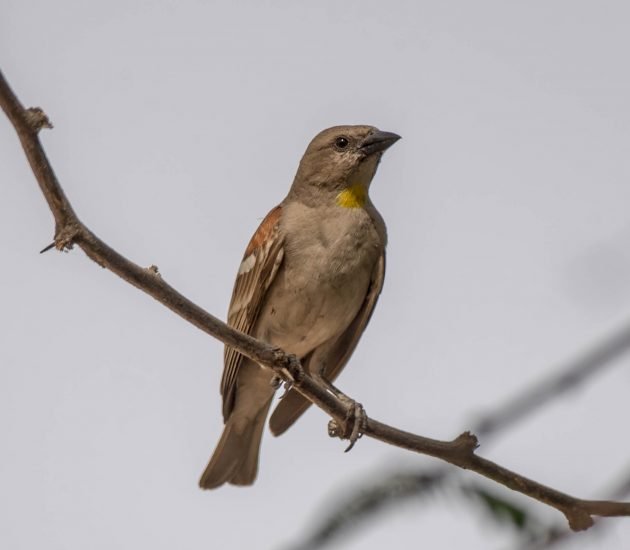
Yellow-throated Sparrow. Mostly boring with an interesting accessory.
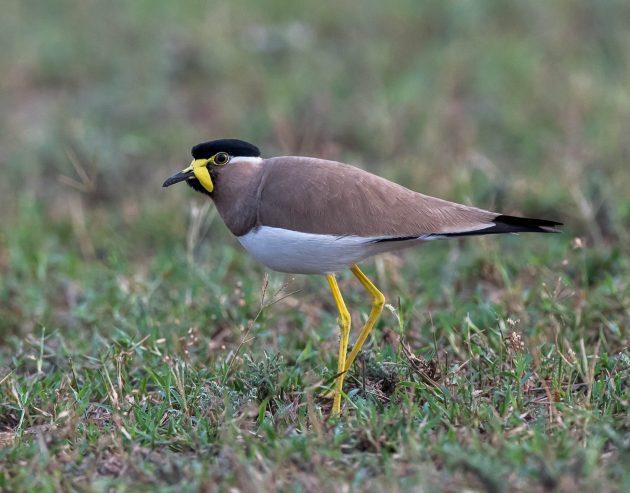
Yellow-wattled Lapwing. With a name starting with a “Y”, this bird was of course quite likely to end up at the end of this post.





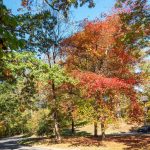
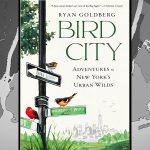
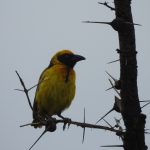

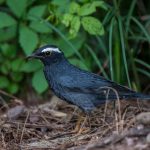

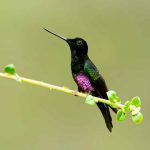
Nice post Kai!! Great Sarus Crane pic!!